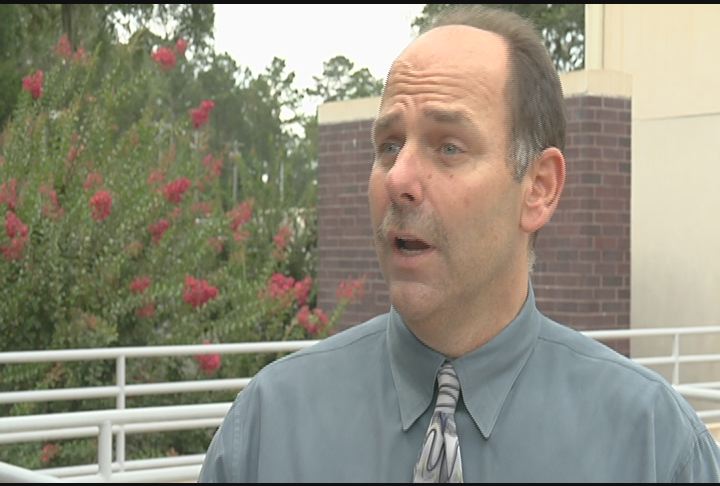The US Department of Education is ordering a study of Bright Futures, to find out if the scholarship program is improving higher education in Florida. A 780-thousand dollars grant has been given to a FSU professor to conduct the study. As Whitney Ray tells us, the study comes after two years of cuts to the 400 million dollar program.
Without Bright Futures Sarah Davis wouldn�t be an FSU student.
�I probably would have gone to a community college close to home,� said Davis.
The story is the same for Taylor Costello from Coral Springs.
�I would probably stay at home because Bright Futures covers a lot of tuition and instead of money going towards housing and stuff, I would have to pay for tuition,� said Costello.
Wesley Sima probably still would have pursued his MBA at FSU, but he would have entered grad school with debt.
�It�s some weight off your shoulders not having to go through college knowing that you have to limit your money,� said Sima.
The way Bright Futures influenced these students and thousands more statewide is the subject of a study ordered by the US Department of Education. Dr. Shoupping Hu was awarded a 780-thousand dollar grand to conduct the study.
�We want to figure out why the Bright Futures really encourages or helps the student go to the institution that they may not be able to go,� said Hu.
The study comes after back to back years of the state legislature watering down the scholarship program.
The merit based scholarship is now harder to get. It also covers fewer classes. Students applying this year must now fill out a financial aid form. Junior Eddy Hernandez calls the changes disheartening.
�The fact that they�re cutting back on us it�s more money out of pocket,� said Hernandez.
The last Bright Futures study was conducted in 2003. Since then lawmakers have been making major changes based somewhat on the old data but mainly on the rising cost. Last year 177-thousand students received the Bright Futures at a cost of more than 420-million dollars.
The new study won�t be finished until 2014. The 2003 study found that the scholarship program helped more minority students attend college, kept smarter students in Florida but it didn�t study how many of the Bright Futures students actually earned a degree.
 No Comments »
No Comments »






